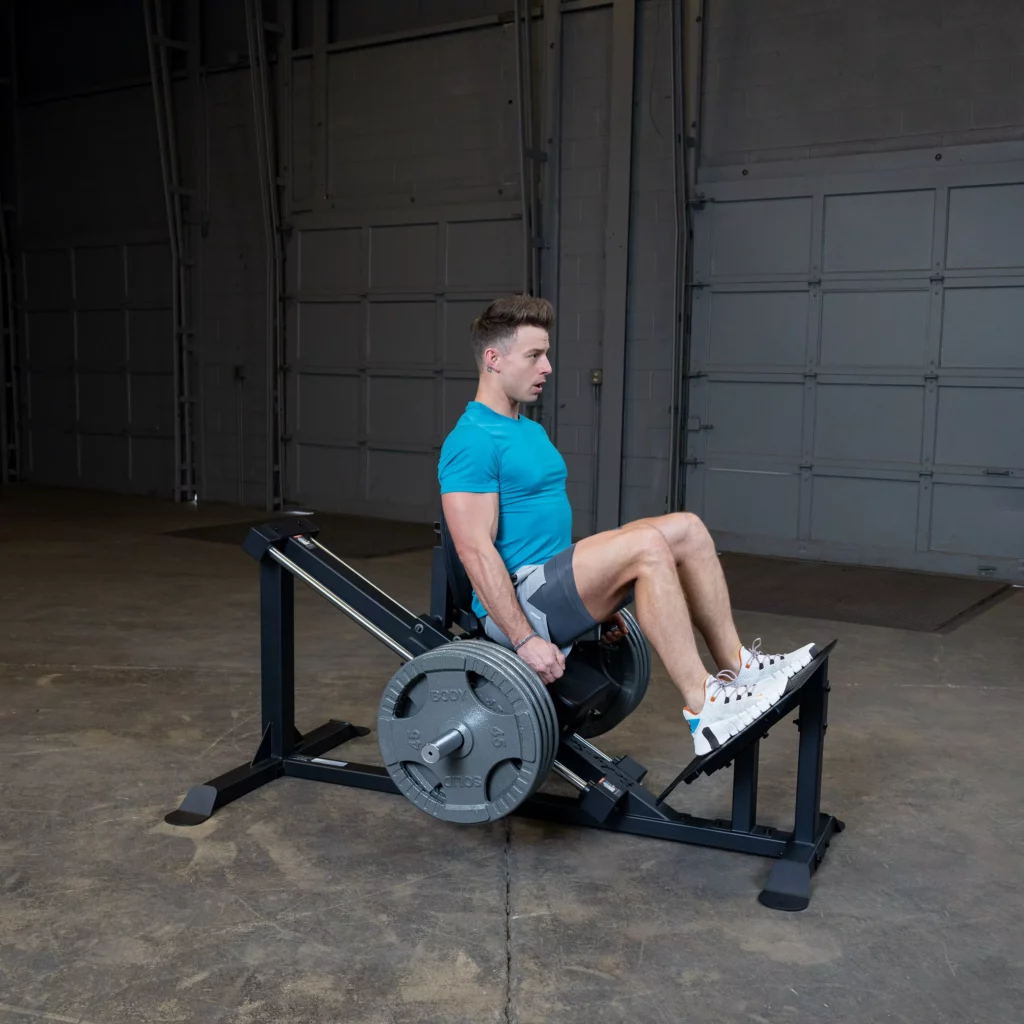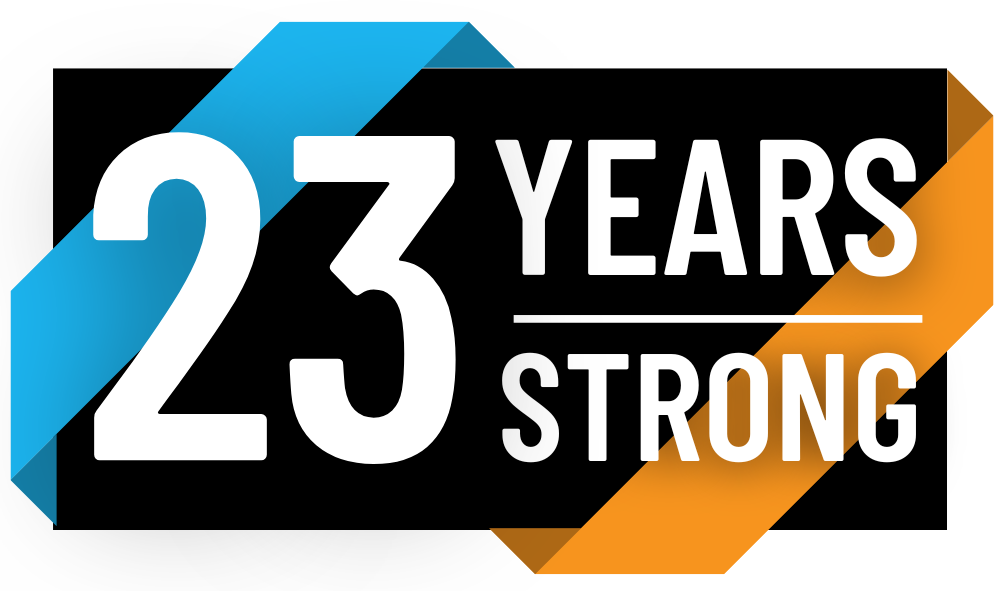
Why the Leg Press Is a Must-Have Exercise for Building Strong Legs
When it comes to building strong, muscular legs, the leg press is one of the most effective and versatile exercises. Whether you’re a beginner stepping into the gym for the first time or a seasoned athlete looking to enhance your lower body strength, incorporating the leg press into your workout routine can yield incredible results. In this article, we’ll explore why the leg press is such a powerful exercise, its key benefits, and how to maximize its potential for building strong legs.
What Is the Leg Press?
The leg press is a weight-training exercise that primarily targets the lower body muscles. Performed on a specialized machine, this exercise involves pushing a weighted platform away from your body using your legs. The leg press machine comes in two main variations:
- Inclined Leg Press (45-Degree Angle): This is the most common version, where you sit in a reclined position and press the weight at an upward angle.
- Horizontal Leg Press: In this variation, you sit upright and push the weight horizontally.
Both versions are excellent for isolating the lower body muscles, including the quadriceps, hamstrings, glutes, and calves.
Why Is the Leg Press So Effective?
The leg press stands out as an effective exercise for building strong legs for several reasons:
1. Targeted Muscle Isolation
Unlike compound exercises such as squats, which engage the core and require balance, the leg press allows you to focus solely on your lower body. This isolation is particularly useful for:
- Activating the quadriceps for growth and definition.
- Engaging the glutes and hamstrings for enhanced strength and power.
- Minimizing strain on the lower back and core.
2. Controlled Movement
The design of the leg press machine ensures controlled movement patterns. This reduces the risk of injury while allowing you to concentrate on perfecting your form. It’s an ideal option for individuals recovering from injuries or those who struggle with balance-intensive exercises.
3. Adjustable Resistance
The leg press machine makes it easy to adjust the resistance, making it suitable for people of all fitness levels. Whether you’re looking to perform high-rep, low-weight sets for endurance or low-rep, high-weight sets for strength and hypertrophy, the leg press can accommodate your goals.
Benefits of the Leg Press for Strong Legs
Incorporating the leg press into your training program offers numerous benefits. Here are some of the top reasons why it’s a great tool for building strong legs:
1. Builds Muscle Mass
The leg press is highly effective for hypertrophy (muscle growth). By increasing resistance and progressively overloading your muscles, you can stimulate the growth of your quadriceps, hamstrings, and glutes. This is particularly beneficial for those aiming to achieve strong, muscular legs.
2. Improves Lower Body Strength
Strength is the foundation of athletic performance and everyday functionality. Regularly performing the leg press can significantly improve the strength of your lower body, leading to enhanced performance in activities like running, jumping, and lifting.
3. Enhances Sports Performance
For athletes, strong legs are crucial for optimal performance in sports such as basketball, soccer, and track and field. The leg press targets key muscle groups that contribute to explosive power, acceleration, and stability.
4. Minimizes Joint Strain
The controlled nature of the leg press reduces stress on your joints compared to free-weight exercises like squats. This makes it an excellent choice for individuals with knee or back issues who still want to build leg strength safely.
5. Symmetry and Balance
The leg press can be performed unilaterally (one leg at a time), helping to correct muscle imbalances and ensure symmetrical development. Balanced strength in both legs is essential for preventing injuries and improving overall performance.
How to Perform the Leg Press Correctly
Proper form is critical to maximize the benefits of the leg press while minimizing the risk of injury. Follow these steps for a safe and effective workout:
- Adjust the Machine: Begin by adjusting the seat and foot platform so that your knees form a 90-degree angle when your feet are on the platform.
- Position Your Feet: Place your feet shoulder-width apart on the platform. For more glute engagement, position your feet slightly higher; for quad focus, position them lower.
- Maintain Proper Alignment: Keep your back flat against the seat and your knees in line with your toes throughout the movement.
- Control the Descent: Slowly lower the platform by bending your knees. Avoid letting your knees collapse inward or locking them at the bottom.
- Push Through Your Heels: Press the platform upward by extending your legs, focusing on pushing through your heels for maximum muscle activation.
- Avoid Locking Your Knees: At the top of the movement, stop just short of locking your knees to keep tension on the muscles.
Common Mistakes to Avoid
To get the most out of the leg press and prevent injuries, avoid these common mistakes:
- Overloading the Machine: Using too much weight can compromise your form and increase the risk of injury.
- Shallow Reps: Ensure you achieve a full range of motion by lowering the platform until your knees are at a 90-degree angle.
- Improper Foot Placement: Incorrect foot positioning can place undue stress on your joints and reduce muscle engagement.
- Lifting Your Lower Back: Keep your lower back flat against the seat to avoid strain on your spine.
Maximizing Results with the Leg Press
To fully harness the benefits of the leg press, consider the following tips:
1. Incorporate Progressive Overload
Gradually increase the weight over time to challenge your muscles and stimulate growth. Track your progress to ensure consistent improvement.
2. Vary Your Foot Placement
Changing your foot position on the platform can target different muscle groups. For example:
- High placement emphasizes the glutes and hamstrings.
- Low placement focuses on the quads.
- Wide stance engages the inner thighs.
- Narrow stance targets the outer quads.
3. Combine with Other Exercises
While the leg press is highly effective, it’s important to incorporate other lower body exercises like squats, lunges, and deadlifts to achieve balanced development.
4. Focus on Tempo
Slowing down the eccentric (lowering) phase of the movement increases time under tension, leading to greater muscle activation and growth.
5. Stretch and Warm Up
Always warm up before your workout and stretch afterward to improve flexibility, prevent injuries, and enhance recovery.
Conclusion
The leg press is a powerhouse exercise for building strong, muscular legs. Its ability to isolate lower body muscles, provide controlled movement, and accommodate a wide range of fitness levels makes it a valuable addition to any workout routine. By incorporating proper form, progressive overload, and variation, you can maximize the benefits of the leg press and achieve impressive lower body strength.
Whether you’re aiming to enhance athletic performance, improve functional strength, or sculpt powerful legs, the leg press is a reliable and effective tool. So, the next time you hit the gym, don’t overlook the leg press—your legs will thank you for it!

